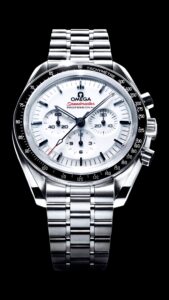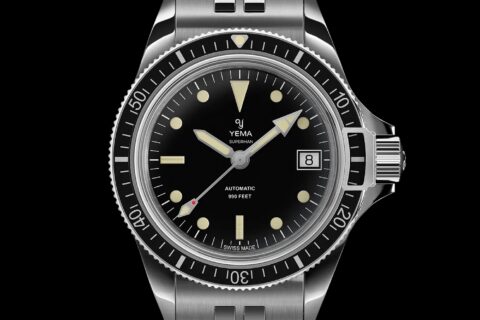Swiss Watch Prices Climb as Tariffs Hit the U.S. Market
Rolex Reacts to New Tariff Pressure

Rolex, the world’s leading Swiss watchmaker, will increase U.S. retail prices by an average of 3% starting May 1, 2025. The price adjustment comes in direct response to new 10% import tariffs imposed by the U.S. on Swiss goods, including luxury watches. Although an initial 31% tariff was announced earlier in the year, it was temporarily reduced to 10% after market volatility prompted a 90-day freeze on broader penalties.
Negotiations between Swiss and U.S. trade officials are ongoing, but Rolex has already decided to adjust pricing to reflect the current import climate. With the U.S. as its largest market, Rolex’s move could signal pricing shifts across the broader luxury segment.
Rising Costs Push Omega to Follow Suit

Omega, one of the five top-selling Swiss watch brands, will also raise U.S. prices by approximately 5% starting May 1. Best known for its iconic Speedmaster and Seamaster lines, Omega is making the adjustment as a response to both tariff pressures and the strengthening Swiss franc against a weakening U.S. dollar.
Swatch Group Widens the Impact
Swatch Group AG, Omega’s parent company, recently confirmed price hikes of 8–10% for several of its other premium brands, including Blancpain and Glashütte Original. These increases reflect not only tariff complications but also surging gold prices and foreign exchange shifts, putting pressure on manufacturing and sourcing costs.
What This Means for U.S. Buyers
With multiple brands responding to trade tension and market challenges, U.S. watch buyers should expect higher prices across the board. Limited availability and price increases could create more urgency in the secondary market—particularly for sought-after models not only from Rolex & Omega, but other mainstream luxury watch brands like Patek and AP.
Due to the unpredictable and volatile market on certain Rolex, Patek Philippe and Audemars Piguet watches, prices are subject to change.

